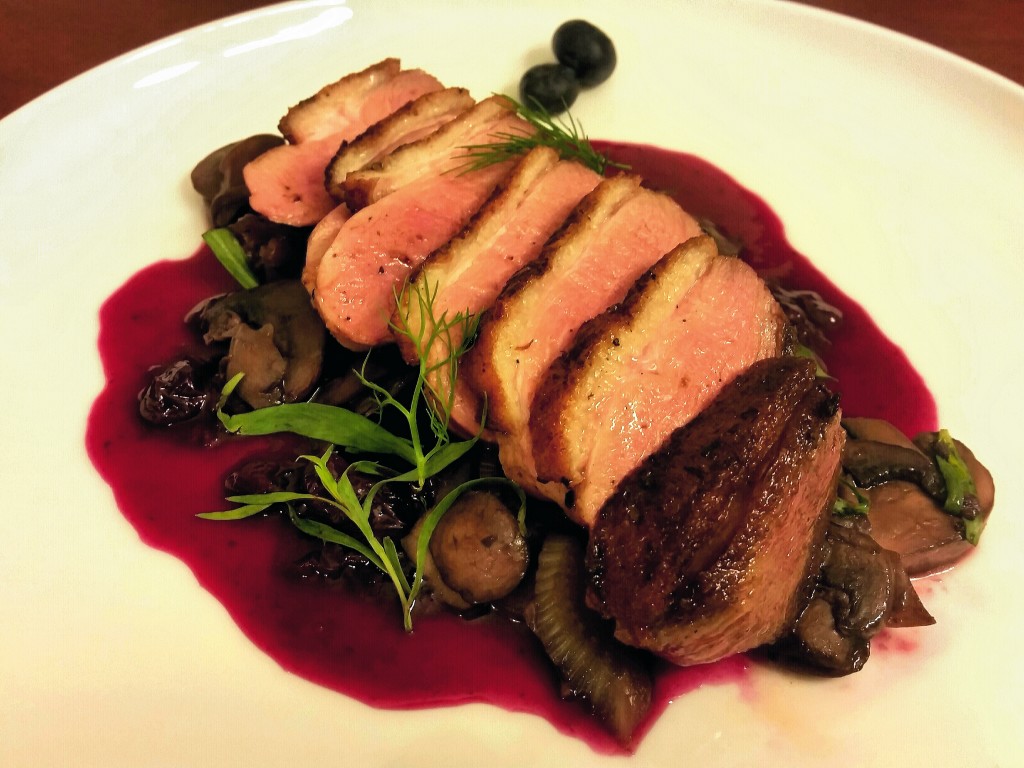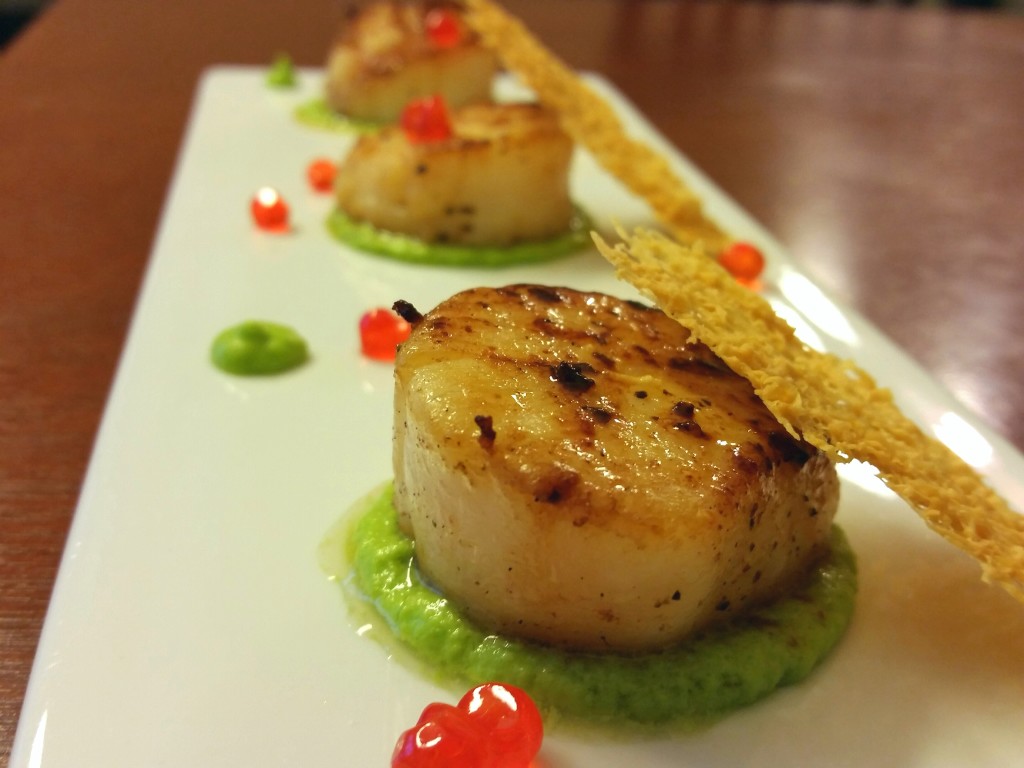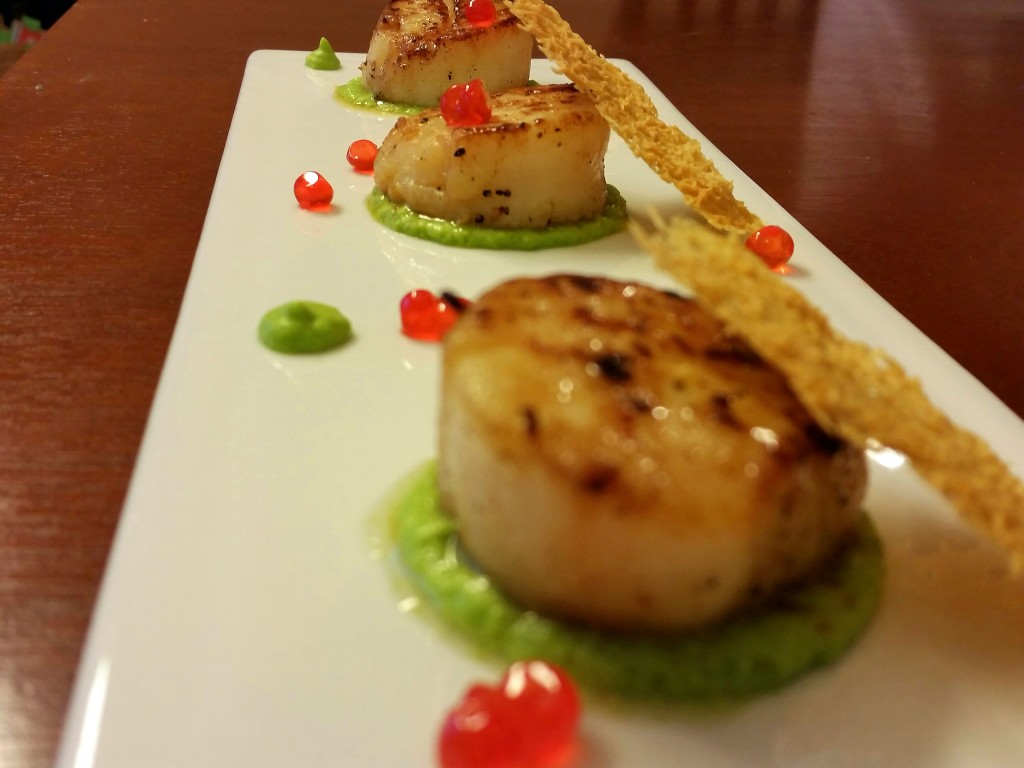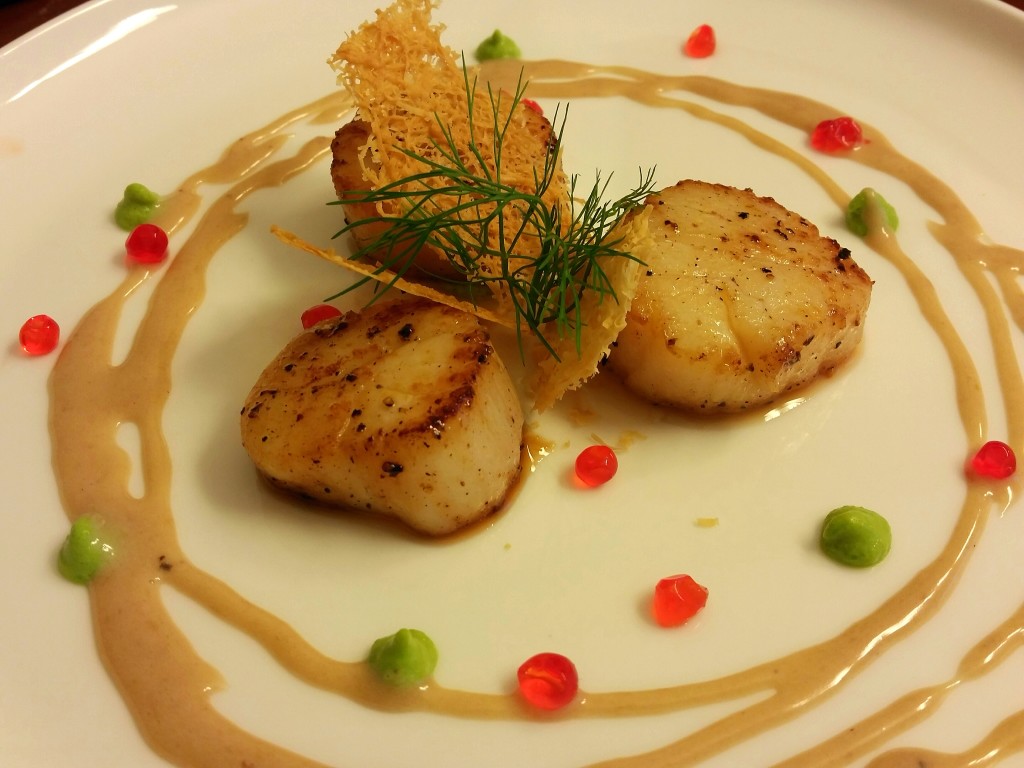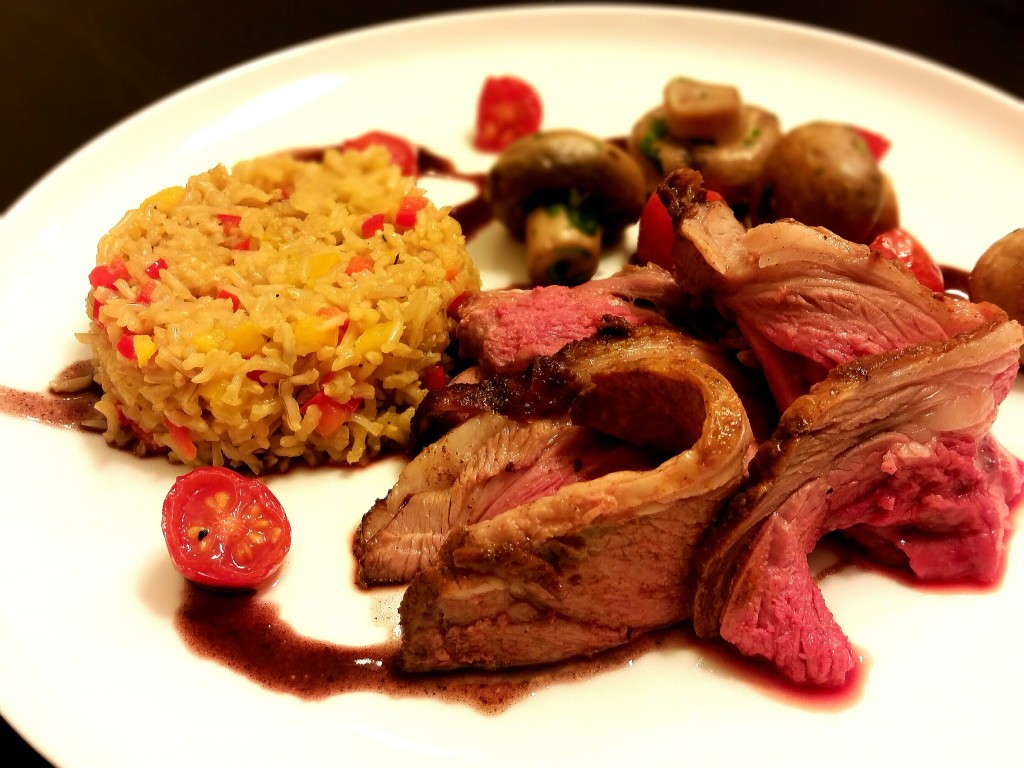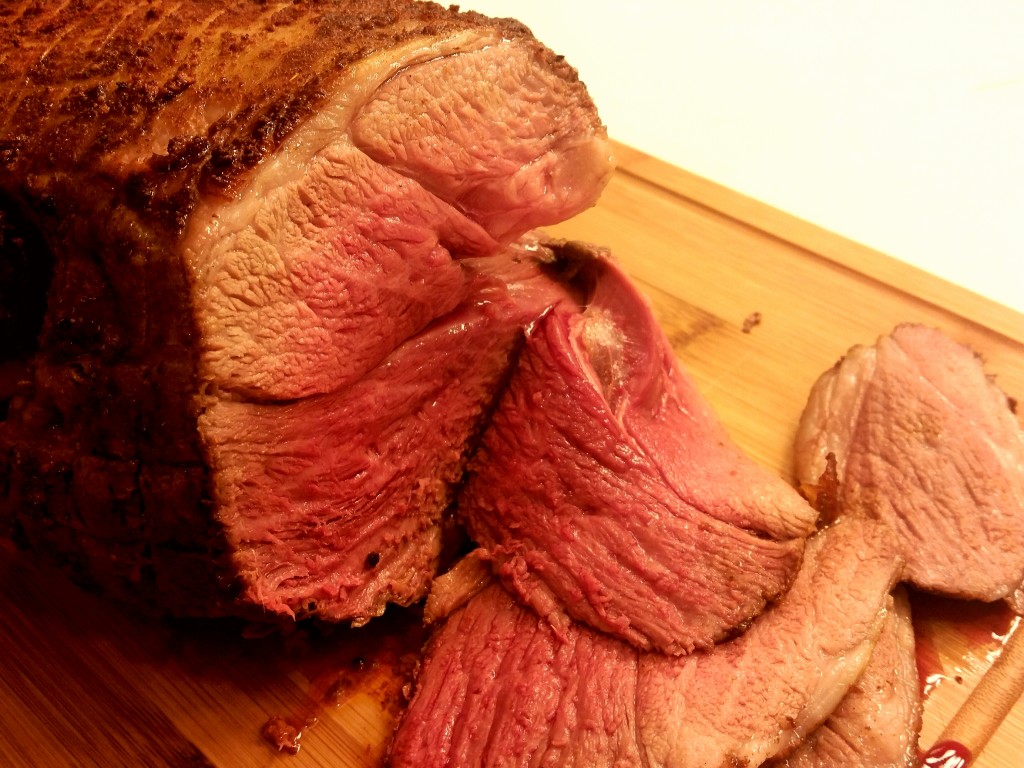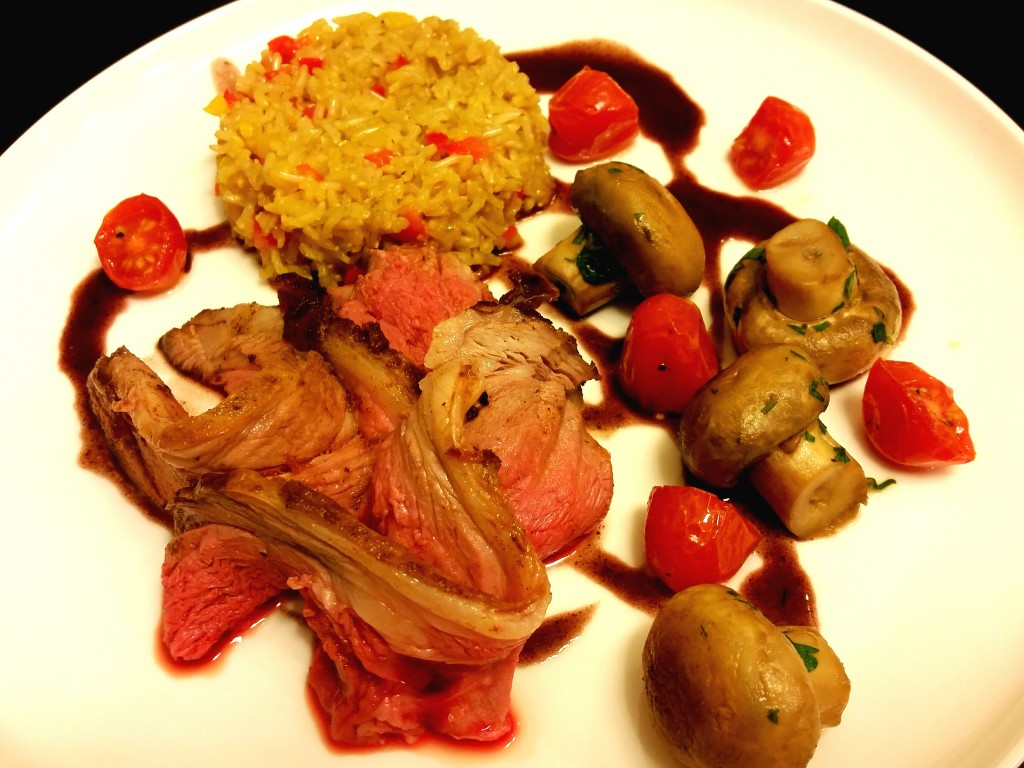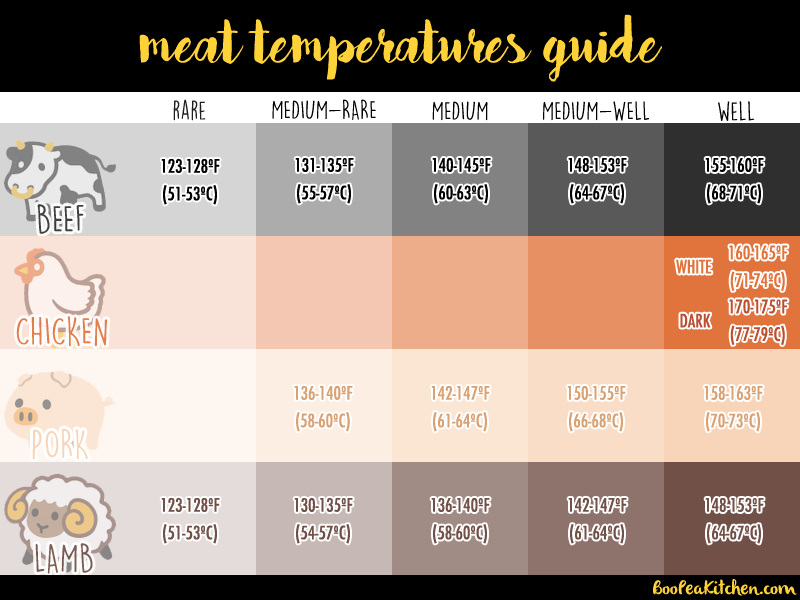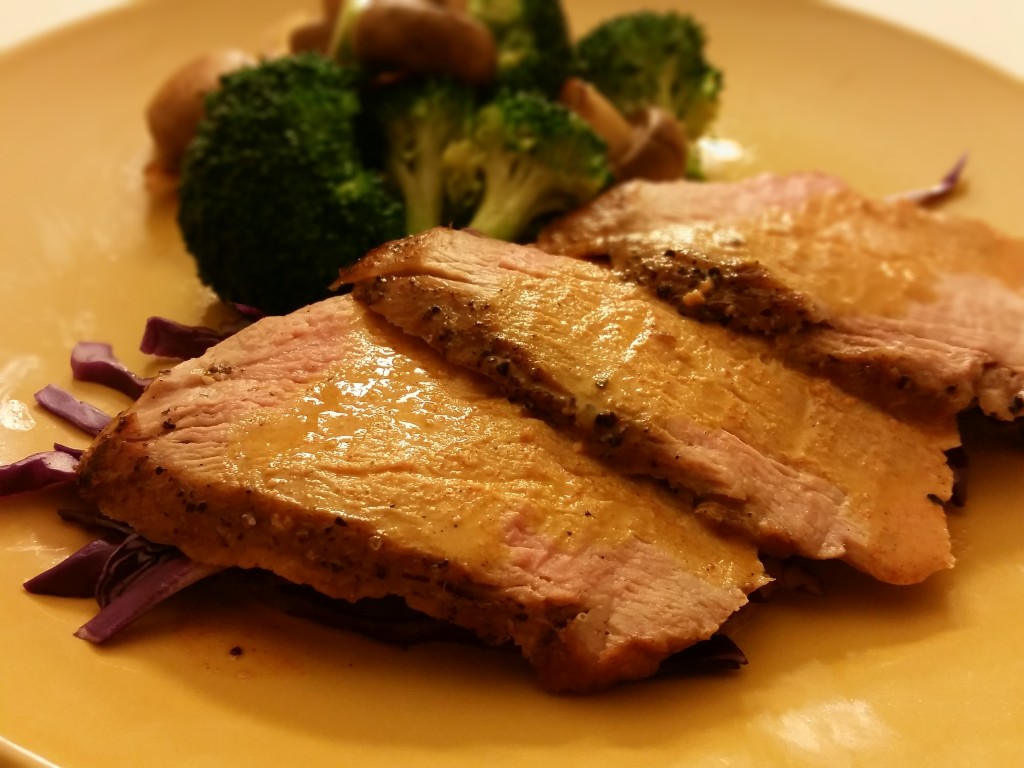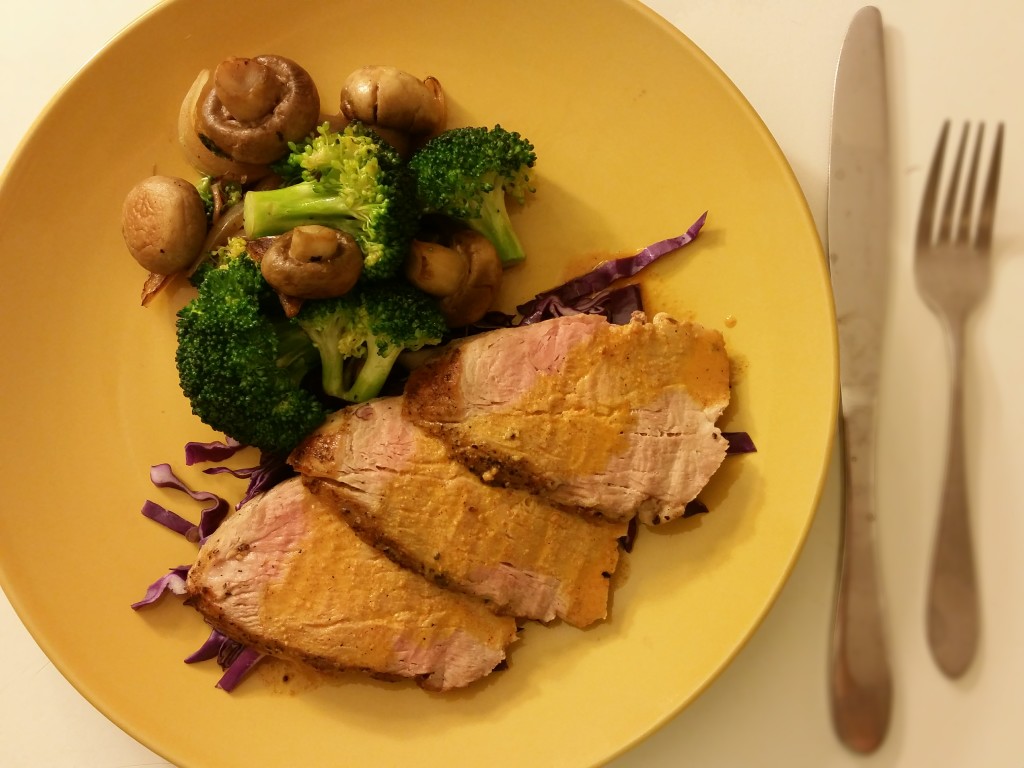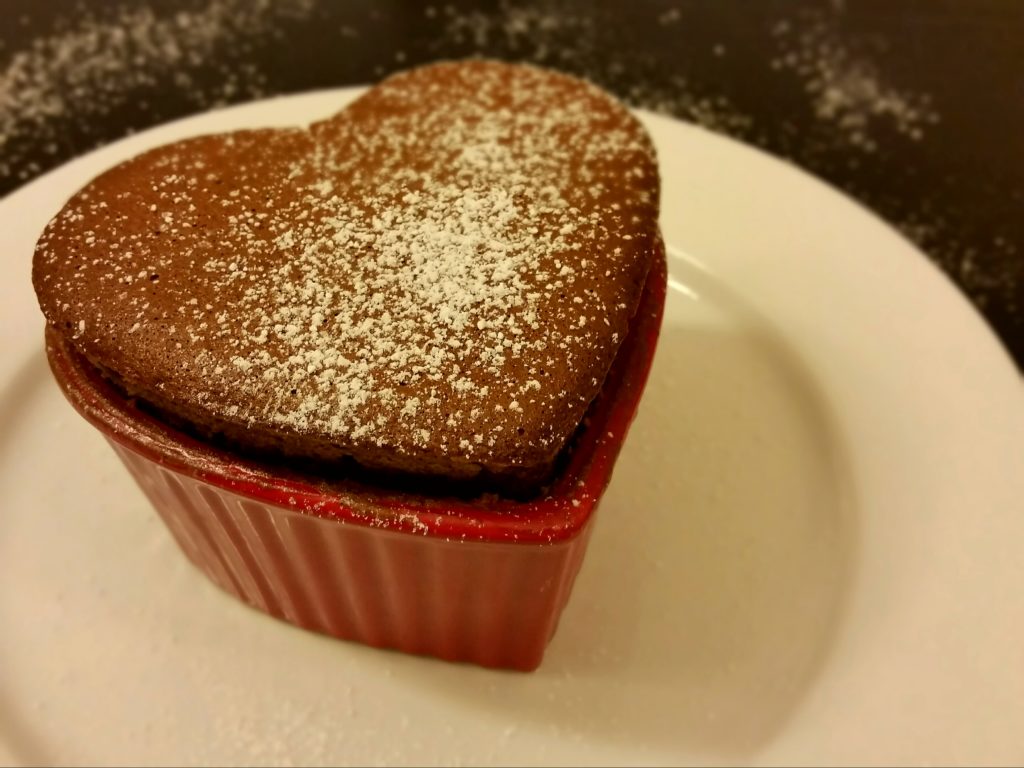 RICH, SWEET, AND FLUFFY CHOCOLATE DESSERT WITH A WARM WHITE CHOCOLATE AND A PASSIONFRUIT CENTER.
RICH, SWEET, AND FLUFFY CHOCOLATE DESSERT WITH A WARM WHITE CHOCOLATE AND A PASSIONFRUIT CENTER.
And now to finish off the Valentine’s tangy series, the dessert course. I thought we could combine chocolate and passionfruit, and we decided to make a soufflé with a passionfruit filling. We ended up posting this a little later because Boo wanted to make some changes to the recipe to make it a little more chocolaty with a dash of coffee and cocoa powder. Hope you enjoy! – Pea
Servings: 2 (9-oz ramekins) or 4 (5-oz ramekins)
Difficulty: ![]()
Oven: 375 F, 22 minutes
Preparation:
- Coat inside of ramekins with melted butter, then with sugar. Place prepared ramekins in freezer until use.
Passionfruit white chocolate filling:
- 3 tb white chocolate chips
- 0.75 tb passionfruit concentrate
- 0.5 tb heavy cream
- pinch salt
- In a small bowl, microwave and stir together ingredients in 5-10 second increments until homogenized.
- Refrigerate to set while preparing souffle.
Chocolate souffle:
- Chocolate mixture
3.5 oz dark chocolate
4 tb butter - Yolk mixture
2 egg yolks
0.5 tb instant espresso powder
0.5 tb cocoa powder
1 ts vanilla
0.25 ts salt - Meringue
3 egg whites
0.25 ts cream of tartar
3 tb sugar - powdered sugar
- Over a bain-marie, melt chocolate with butter. Set aside to cool slightly.
- Beat yolk mixture ingredients until homogenized, and whisk into chocolate mixture.
- Beat egg whites with cream of tartar to soft peaks. Gradually add sugar while beating to stiff peaks (tips of peaks should gently curl when whisk is lifted), 4-6 minutes.
- Fold meringue into chocolate mixture by thirds.
- Fill prepared ramekins halfway with batter. Spoon the passionfruit white chocolate filling into the center of each ramekin. Top off with remaining batter.
- Level off with a knife, and use a fingertip to trace around the inside of the top edge, which helps the souffle to rise.
- Bake until maximally risen and cooked through, 21-23 minutes.
- Dust with powdered sugar, and serve.
